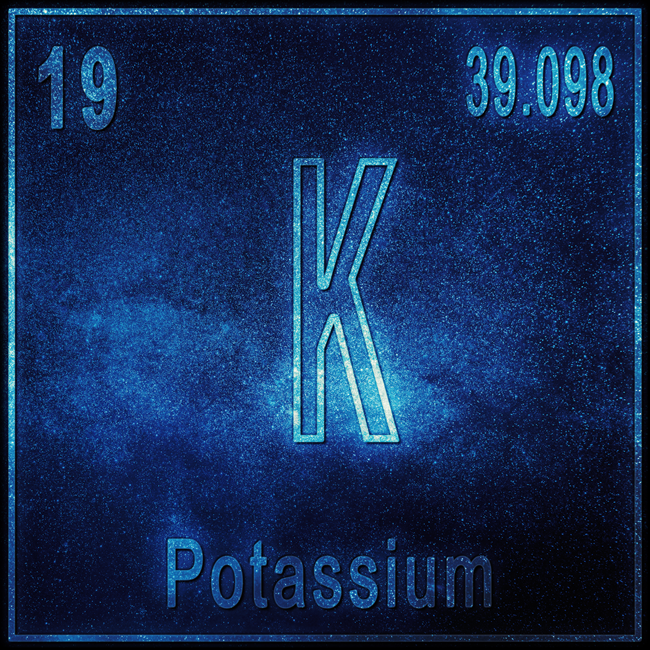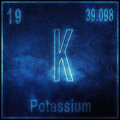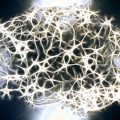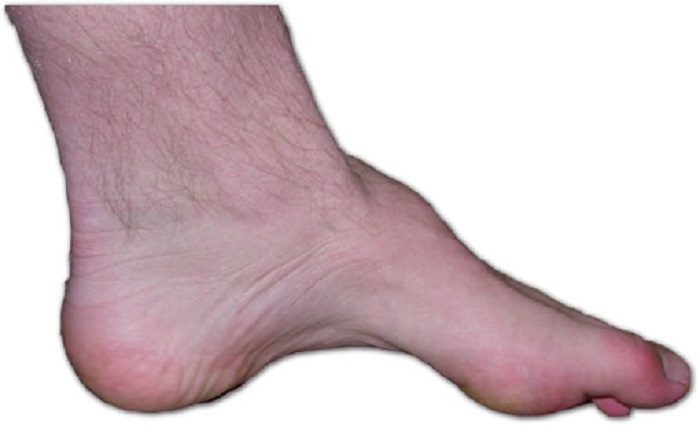Whilst I always suspected a direct link between potassium and thiamine deficiency (outside of the context of refeeding syndrome), I had not come across any direct research elucidating the mechanisms – until NOW. In short, thiamine deficiency causes intracellular potassium wasting.
Animal research in rats showed that chronic thiamine deficiency increases sodium tissue content in heart, liver and skeletal muscle by 18-35%, while also decreasing potassium content by 18-25%. Interestingly, although tissue levels were altered, plasma levels of these electrolytes remained unaffected and stayed within the normal-high range (sodium at 141.6 and potassium at 4.8). This means that blood measurements did not reflect tissue content.
The thiamine deficient group also displayed remarkably lower levels of stored liver glycogen (0.3gm/100 vs 2.7gm/100 in controls). This inability to store glycogen is one factor which helps to explain the strong tendency towards hypoglycemia seen in many people with a thiamine deficiency.
Interestingly, the researchers showed a shift towards an increased level of extracellular water and reduced intracellular water. This finding, along with the shift in intracellular electrolyte concentrations, is 100% consistent with Ling’s Association-Induction hypothesis.
In short, the bioenergetic state of the cell governs its ability to retain potassium ions and structure water into a gel-like phase. A cell with plentiful ATP can maintain this ability, independent of the “sodium potassium pump”. On the other hand, cells lacking energy lose their capacity to retain potassium, intracellular water becomes “unstructured” and intracellular concentration of sodium ions increases and the electronic state of the cell is changed. This causes water to “leak” out of the cells into the extracellular space to produce a localised edema of sorts. Thiamine, playing a central role in energy metabolism, is partially responsible for maintaining healthy redox balance and a continuous supply of ATP. Hence, it is no wonder why a deficiency of this essential nutrient produces such drastic changes in the cellular electrolyte balance.
Thiamine, TTFD, Potassium, and Heart Function
The cells of the heart are particularly susceptible to a disturbance in electrolytes. One Japanese study on coronary insufficiency in dogs showed elevated sodium and reduced potassium content in the insufficient left ventricle. Intravenous administration 50mg thiamine, in the form of thiamine tetrahydrofurfuryl disulfide (TTFD), a derivative of thiamine with higher bioavailability and solubility than other formulations, restored electrolyte balance, likely through improving tissue energy metabolism.
Likewise, the same effect was also demonstrated in isolated Guinea pig atria kept in potassium-free medium. TTFD added to cells or administered as a pre-treatment prevented the loss of potassium and increase in sodium, which was shown to occur in controls. Importantly, this effect was not achieved by thiamine HCL or another derivative studied. TTFD also entered the atrial cells much more readily than other forms, demonstrating its superior absorbability and perhaps suggesting that this form would be useful for addressing cardiac thiamine insufficiency.
Low potassium is a known driver of cardiac arrhythmias, and TTFD possesses anti-arrhythmic properties and has historically been used to treat various types of arrhythmia in Japan.
Furthermore, thiamine TTFD was also been shown to be protective against the cardiac toxin Strophanthin-G, preventing the loss of potassium once again to preserve cardiac function. Likewise, atrial cell damage through exposure to the mitochondrial toxin N-ethylmaleimide was also prevented by high concentrations of TTFD in-vitro. This protective action was attributed to the prosthetic group specific to TTFD, and NOT the thiamine molecule itself.
So it would seem that thiamine, probably through its effects on energy metabolism inside cells, and perhaps due to an unknown “kosmotropic” property of TTFD, is extremely important for regulating cell ion concentrations. In thiamine deficiency, an underlying intracellular potassium deficiency may be going unnoticed due to unremarkable blood levels. In cases where potassium deficiency is suggested, thiamine deficiency may be indicated, and TTFD might used to more safely correct the electrolyte balance.
We Need Your Help
More people than ever are reading Hormones Matter, a testament to the need for independent voices in health and medicine. We are not funded and accept limited advertising. Unlike many health sites, we don’t force you to purchase a subscription. We believe health information should be open to all. If you read Hormones Matter, like it, please help support it. Contribute now.
Yes, I would like to support Hormones Matter.
Image credit: Image by Allexxandar on Freepik.
This article was published originally on May 13, 2020.






































